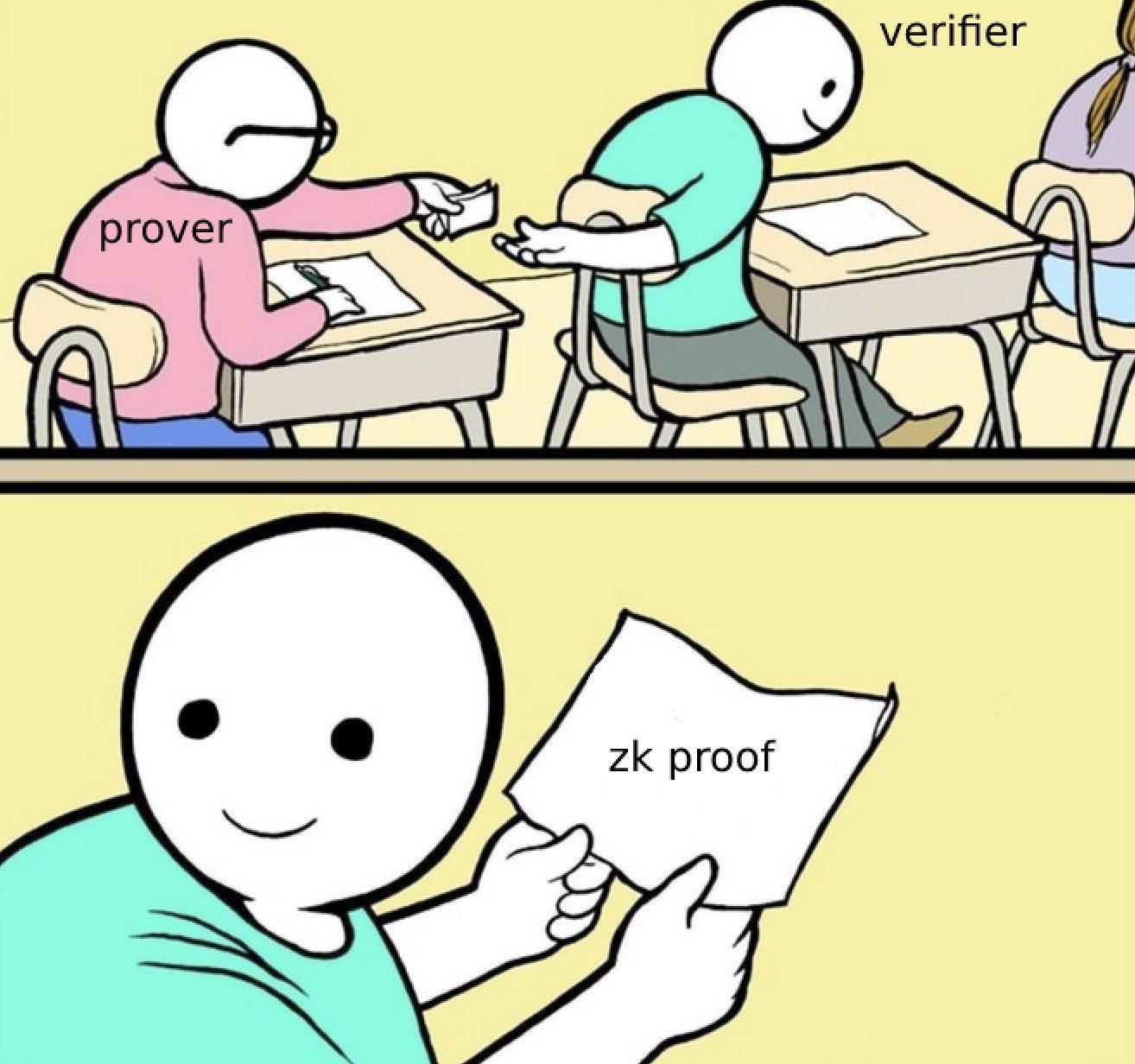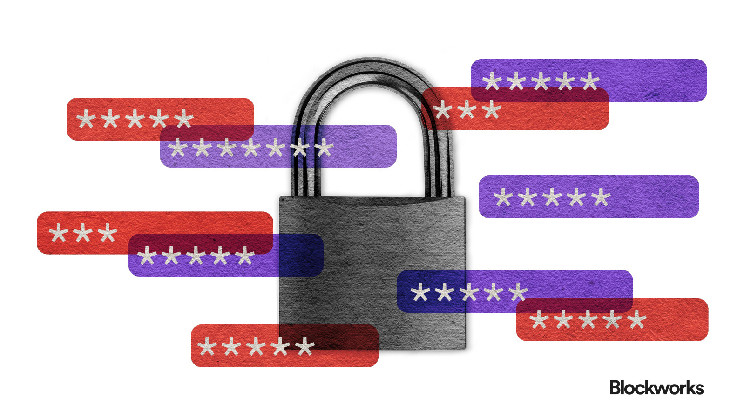It is a section of the 0xResearch publication. To learn the entire version, Subscribe.
All of it begins with Ethereum. L1 is simply too late. All nodes should redundantly re-execute transactions throughout the block. This limits scalability.
By 2020, the Ethereum neighborhood has merged across the rollup Scaling resolution. A groundbreaking 2021 weblog submit on Vitalik’s rollups, we’re optimistic and clarify how ZK rollups can broaden Ethereum.
ZK rollups are technically good at scaling, however the expertise remains to be unusable and was far behind (later).
So optimistic rollups first invaded the market. Optimistic rollup assumes that each transaction is legitimate till it challenges it with proof of fraud inside a seven-day problem interval.
The optimistic rollup labored, however got here with hidden prices. The problem interval meant the finality of longer transactions earlier than customers might withdraw funds. Locked liquidity meant capital effectivity and usually poor UX, particularly as a consequence of chain interoperability.
In the meantime, ZK was catching up. At ETHCC 2022, Polygon, Zksync and Scroll all introduced Zkevms. This enables Solidity Dev to write down code and show that EVM runs.
By 2023, ZK rollups have been starting to achieve actual traction.
Why is ZK proof superior to optimistic fraud proof? In different phrases, ZK proofs are a lot smaller (~1-10 kb) in comparison with uncooked transaction knowledge (dimension of megabytes).
Through the use of ZK encryption to show Ethereum transactions, these extremely compressed proofs present decrease knowledge availability prices and elevated scalability.

How Zero Data Works in One Phrase
The ZK had taken off, however the proof technology was nonetheless costly. Primarily based on ZKSTATS.IO, the common price to generate ZK proofs in December 2023 was $80.21.
Quick ahead to 2025. Certification prices decreased to $1.3 per proof, with an enchancment of about 98.4%.
What has modified?
At the moment, every of the core items of the ZK rollup stack is cut up.
To begin with, ZKVMS is right here. These specialised digital machines velocity up the ZK improvement expertise and make validity proof technology extra environment friendly. Earlier than ZKVM, builders needed to write complicated mathematical “circuits” to show the execution of EVM.
ZKVMS equivalent to SP1, RISC Zero, Nexus, OpenVM successfully democratize ZK improvement for all builders (C++, Rust) with out ZK encryption experience. Previously, ZKEVMS solely enabled robustness improvement in ZK rollups. Consider ZKVMS as a extra basic idea than Zkevms.
Second, the price of producing proofs for market competitors is declining. At the moment there are RISC Zero, Cysic, Lagrange and plenty of aggressive markets working in concise. Some are nonetheless on the testnet, whereas others are operational.
ZK L2S demonstrates aggregation methods to amortize verification prices. The way in which this works roughly is to batch many proofs inside one. This may confirm the ultimate proof extra rapidly.
These markets aren’t permitted both. Because of this anybody with a GPU rig can enroll, submit bonds, and generate ZK proofs. Beforehand, ZK Rollup used “centralized prover.” In different phrases, I rented GPU/FPGA {hardware} from Google or Amazon.
Higher proof programs are additionally consistently being launched. These proof programs (e.g. GROTH16, HALO2-KZG, STARK, PLONK, EXPANDER) outline algorithmically the principles for the way ZK proofs are constructed and verified. They’re getting higher, which suggests they’re verifying the ZK proofs smaller and sooner. This implies improved ZKVM efficiency.












